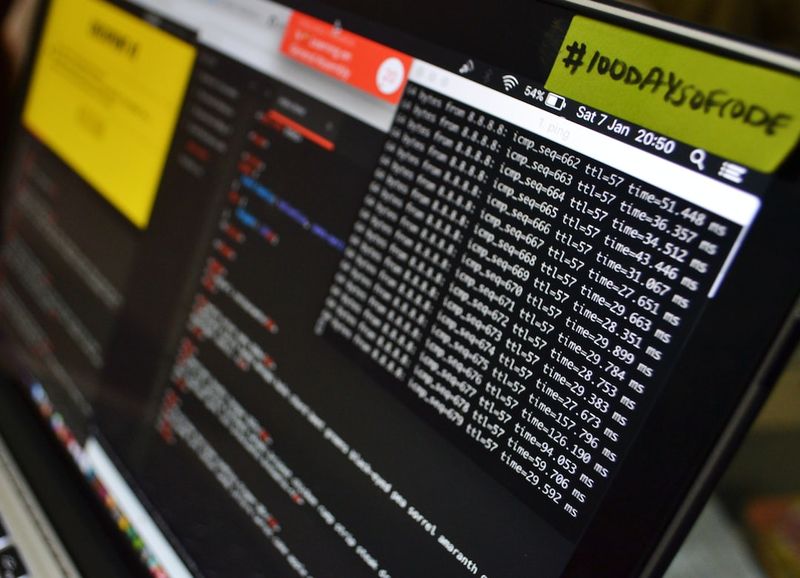Tesla Discloses Data Breach Related to Whistleblower Leak
Tesla, the American electric vehicle and clean energy company, has recently disclosed a data breach that has impacted approximately 75,000 individuals. However, what sets this incident apart is that it is not the result of a malicious cyberattack, but rather a whistleblower leak. This revelation raises important questions about the role of whistleblowers in the age of cybersecurity and the responsibility of companies to protect sensitive information.
The Details of the Breach
Tesla reported to US authorities that a data breach was discovered in May, leading to the exposure of personal information, including social security numbers, of more than 75,700 individuals. The breach was caused by a couple of former employees who sent confidential information to the German media outlet Handelsblatt. These ex-workers violated Tesla‘s IT security and data protection policies by misappropriating the information.
The leaked information includes names, contact information, and employment-related records associated with both current and former employees. Tesla has taken steps to mitigate the potential damage of the breach by offering credit monitoring and identity protection services to affected individuals.
Whistleblower Protection and Responsibility
This incident raises important questions about the role of whistleblowers in the corporate world and the protection of sensitive information. Whistleblowers play a crucial role in exposing corporate wrongdoing and promoting transparency. However, when classified information is leaked, it raises ethical and legal concerns.
In this case, the whistleblower leaked not only personal information but also confidential company data, including production secrets and customer complaints. While Handelsblatt has assured Tesla that they do not intend to publish the personal data provided by the whistleblower, the potential misuse of the leaked information cannot be completely ruled out.
Companies like Tesla have a responsibility to protect the sensitive information of their employees, partners, and customers. This breach serves as a reminder that no matter the motive behind the leak — whether it is an act of whistleblowing or malicious intent — companies must invest in robust cybersecurity measures to prevent unauthorized access and data breaches.
Legal and Ethical Implications
Tesla has taken legal action against the former employees responsible for the breach, filing lawsuits and obtaining court orders to seize their electronic devices. These legal actions serve as a deterrent and emphasize the seriousness with which Tesla takes the protection of its data. Violation of data protection policies can have severe consequences, including criminal penalties.
From an ethical standpoint, companies must strike a balance between protecting sensitive information and maintaining an environment that encourages employees to come forward with concerns about potential misconduct. It is crucial for companies to have mechanisms in place to address complaints internally and take appropriate action to rectify any wrongdoing.
Protecting Against Data Breaches
This incident serves as a reminder of the importance of robust cybersecurity measures for all organizations, regardless of industry or motive for data breaches. Companies can take the following steps to protect against data breaches:
1. Implement Strong Security Policies
Companies should establish and enforce stringent security policies to protect sensitive information. This includes regular security audits, encryption of data, and strict access controls.
2. Train Employees on Data Security
Employees should receive comprehensive training on data security best practices, including recognizing phishing attempts and understanding the potential consequences of mishandling sensitive information.
3. Regularly Update and Patch Systems
Keeping software systems and applications up to date with the latest patches and security updates is essential in preventing vulnerabilities that could be exploited by cybercriminals.
4. Monitor and Detect Anomalies
Implementing a robust monitoring and detection system can help identify any unusual activity or potential breaches. This includes monitoring user behavior and network traffic for any signs of unauthorized access.
5. Establish a Response Plan
Having a well-defined incident response plan in place can minimize the impact of a data breach. This plan should include a clear chain of command, steps to mitigate the breach, and a communication strategy to notify affected individuals or authorities.
6. Encourage Whistleblowing Safely
Companies should provide a safe and confidential channel for employees to report concerns without fear of retaliation. Whistleblowers play a vital role in uncovering wrongdoing, and companies should have policies to protect them while still safeguarding sensitive information.
Ultimately, data breaches are an unfortunate reality in today’s digital world. However, companies must take proactive measures to minimize the risk of such incidents and safeguard the personal and confidential information of their stakeholders. Balancing data security and the need for transparency is an ongoing challenge, but one that must be tackled to maintain trust in our digital ecosystem.

<< photo by Muha Ajjan >>
The image is for illustrative purposes only and does not depict the actual situation.
You might want to read !
- The Acceleration of AI: White House Fast-Tracks Executive Order
- Government Report Exposes Dark Side: How Smart Devices Fuel the Scourge of Domestic Violence
- Intel Tackles the Challenges of 80 Firmware and Software Vulnerabilities
- The Impact of a Prolonged Cyberattack on Hospital Operations
- CyCognito Unearths Massive Trove of Personal Identifiable Information in Exposed Cloud and Web Apps
- Unleashing Havoc: Unveiling the New Zimbra Email Attack Campaign
- The Rise of the Hacktivists: Cult of the Dead Cow Pioneers ‘Privacy-First’ App Framework
- WhatsApp’s Enhanced Proxy Feature: A Shield Against Internet Shutdowns
- NSA Combats BlackLotus Bootkit with New Guide
- The Rise of Securonix: Unleashing AI’s Power in Cybersecurity
- Secure Solutions: Navigating Enterprise Cybersecurity within the Data Fabric
- Fifty Minutes of Hacking Brilliance: Inside the DEF CON Battle to Crack ChatGPT
- The Rise of Proxy Servers: How Malware Transformed Hacked Windows and macOS PCs
- Why Visibility Alone Can’t Ensure the Security of Operational Technology Systems
- Exclusive: Cyberwarfare Escalates as Suspected N. Korean Hackers Launch Cyberattacks on S. Korea-US Drills




